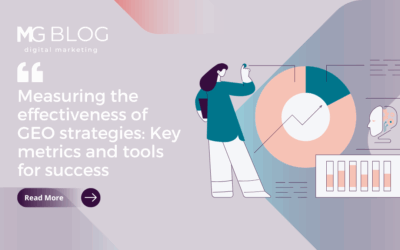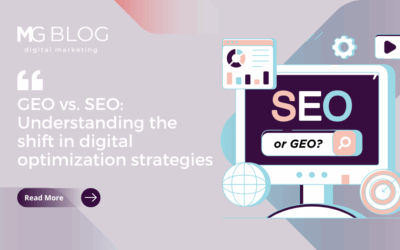
In B2B tech marketing, where every campaign is scrutinized and every strategy dissected, there are still unexplored areas of Account-Based Marketing (ABM) that are becoming essential for any tech CMO looking to make a real impact on target accounts. We’ve ventured into these with our clients, discovering that the most impactful ABM strategies work best when subtly shaping perceptions and decisions, hyper-personalizing experiences, and leaning even more on deeper insights, data, and AI.
3 strategies to uplevel your ABM campaigns
1. Subtle influence and shaping brand perception: Of course, building subtle influence operates on the principle of indirect persuasion, crafting a narrative around your brand that helps shape the target account’s worldview, and your brand’s place in it. But, to truly shape perception we need to engage at more personal levels. Account-based content personalization goes beyond addressing the recipient by name or company. It involves creating content that speaks directly to the unique challenges, industry specifics, and even the corporate culture of the target account. It means developing a content strategy that includes customized case studies, industry-specific reports, and personalized video messages. Using insights from your CRM and marketing automation tools to inform content that resonates with each account’s specific context and needs.
2. Omni-channel influence and engagement: ABM is not just an email campaign or a LinkedIn ad strategy; it needs to be a multi-channel orchestration. Many ABM programs fail to fully leverage the power of omnichannel presence to power a cohesive engagement strategy. This includes combining digital channels like social media, email, and web personalization with offline interactions such as events, direct mail, and personalized gifts where appropriate. Use automated workflows and insights from marketing automation software like Hubspot to string together personalized journeys. For instance, if a target account engages with a particular topic on social media, follow up with an email containing more in-depth information on that topic, and set triggers to automate further touchpoints or alerts. Complement social interactions with physical touchpoints like customized direct mail, or invitations to exclusive webinars to dive deeper into a topic.
3. Being agile and deliberate in using data: The integration of intent data with first-party data (like CRM data, website analytics, etc.) and third-party data (such as industry trends, competitor analysis, etc.) creates a comprehensive view of your target accounts and is crucial to any successful ABM program. While it’s usually not the panacea it was once made out to be, intent data can be useful in identifying interest in your product category, and then layering this with first-party data to understand the prospect’s historical interaction with your brand. Complement it with third-party data to gauge industry-specific challenges or competitor movements, and now you’re informing a highly contextual content and channel strategy that evolves as new data comes in. AI models, that factor in intent signals, engagement history, and industry trends to score and prioritize accounts, can not only show current interest but also whether those accounts are likely to engage and convert in the future. All of this allows for more strategic resource allocation and timing of your marketing efforts.
At the end of the day, the efficacy of these ABM approaches hinges on robust operational processes within marketing and seamless integration with sales. Only with an agile, data-driven framework can teams swiftly respond to evolving behaviors and intent signals from target accounts. Schedule regular touchpoints to dive deep into the data and make decisions about pivots, whether that’s targeting, content, creative, or all of the above. And, use automation where appropriate to trigger actions and alerts. This operational mindset is crucial for capitalizing on ABM trends and translating insights into impactful actions by your target accounts.
Want to learn more about how ABM can propel your business forward? Contact me ahmed@merrittgrp.com and be sure to check out our playbook, “The B2G Marketing Playbook: ABM Strategies for Federal Success.”



